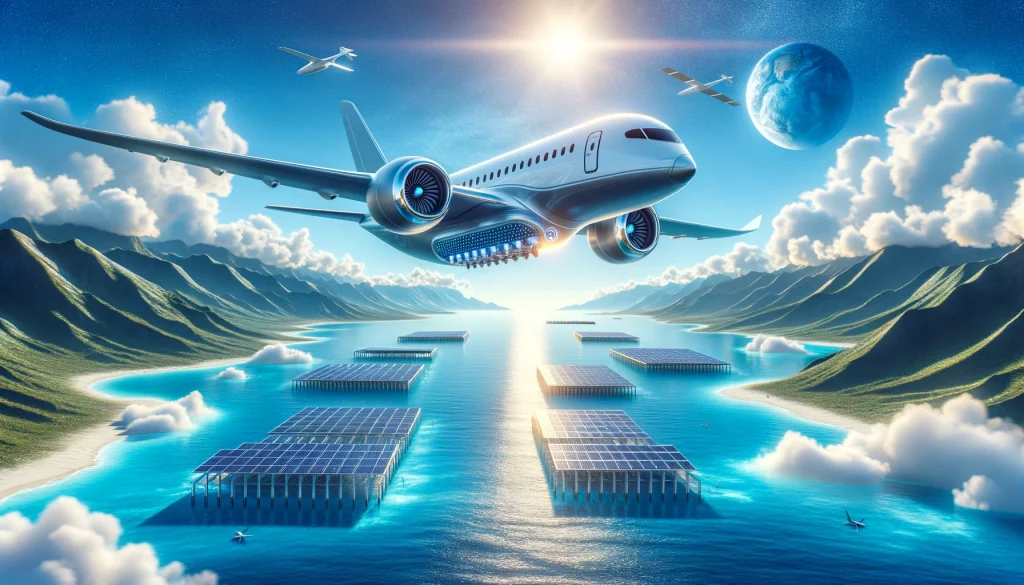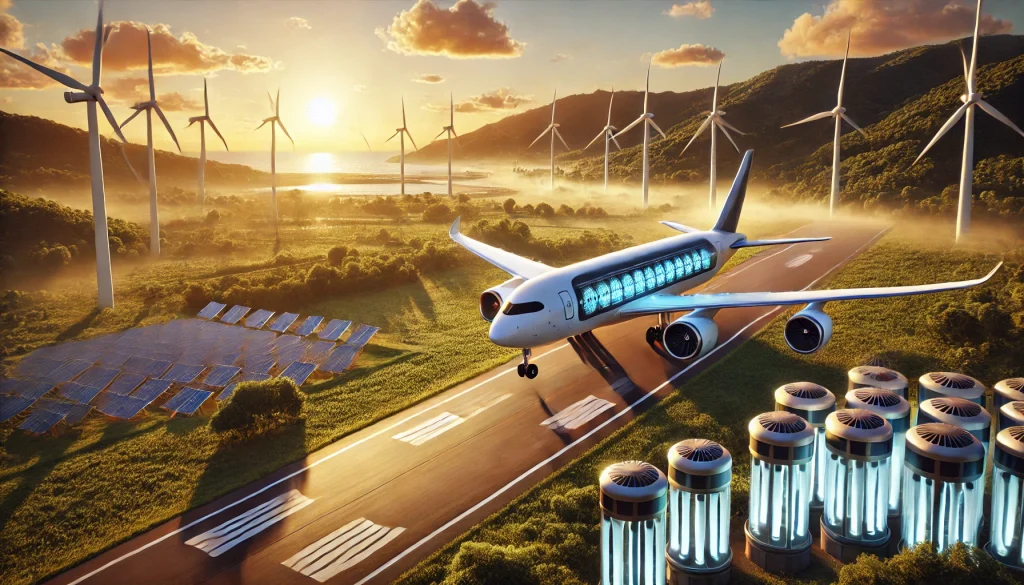In recent years, the aviation industry has been exploring alternative fuel sources to reduce greenhouse gas emissions and mitigate the impact of aviation on the environment. One such alternative is hydrogen, a clean-burning fuel that emits only water vapor when burned. But how feasible is it to create a plane fueled by hydrogen? Let’s explore this topic in more detail.
Table of Contents

What Is Hydrogen Fuel?
Hydrogen fuel is a type of fuel that is created by splitting water into its two component elements: hydrogen and oxygen. This process, known as electrolysis, requires electricity to be inputted into the water, causing the hydrogen to be released. The hydrogen can then be stored and used as fuel.
Advantages of Hydrogen Fuel for Planes
Hydrogen fuel has several advantages over traditional fossil fuels, particularly in terms of reducing carbon emissions. When burned, hydrogen produces only water vapor, making it a much cleaner alternative to fossil fuels. Additionally, hydrogen is abundant, with an almost limitless supply, as it can be produced from water or from natural gas.
Challenges of Hydrogen Fuel for Planes
Despite its advantages, there are several challenges to using hydrogen as a fuel source for planes. One of the primary challenges is the storage and transportation of the fuel. Hydrogen gas is very light and requires a large volume of storage to achieve the same energy density as traditional fuels. This makes it challenging to store enough fuel onboard a plane for long-distance flights.
Another challenge is the development of the technology required to use hydrogen as a fuel source. Planes would require a completely different type of engine to burn hydrogen efficiently, which would require significant investment and research.

Current Progress in Hydrogen-Powered Planes
Despite these challenges, there has been progress in developing hydrogen-powered planes. In 2020, Airbus unveiled three concepts for hydrogen-powered planes, known as ZEROe. These concepts included a turbofan design, a turboprop design, and a blended-wing body design.
Similarly, in 2021, the aviation company ZeroAvia completed the world’s first hydrogen-electric flight of a commercial-grade aircraft. The flight, which took place in the UK, used a six-seater Piper M-class aircraft powered by a hydrogen fuel cell.

Conclusion
In conclusion, creating a plane fueled by hydrogen is possible, but it is not without its challenges. The storage and transportation of hydrogen, as well as the development of the required technology, are significant barriers that need to be overcome. However, progress is being made, and there is hope that hydrogen-powered planes could become a viable alternative to fossil fuel-powered planes in the future, helping to reduce the aviation industry’s impact on the environment.
FAQ
What is hydrogen fuel, and how is it produced?
Hydrogen fuel is a clean-burning fuel that is produced by splitting water into hydrogen and oxygen through a process called electrolysis.
Why is hydrogen fuel a promising alternative to fossil fuels?
Hydrogen fuel emits only water vapor when burned, making it a much cleaner alternative to traditional fossil fuels. Additionally, it is abundant and can be produced from a variety of sources.
You May Also Like
- THE TECHNICAL CHALLENGES OF IMPLEMENTING HYDROGEN-POWERED FLIGHT
- THE TECHNICAL CHALLENGES OF IMPLEMENTING HYDROGEN-POWERED FLIGHT
- GREEN AMMONIA VS GREEN HYDROGEN: WHICH IS THE BETTER SUSTAINABLE ENERGY SOLUTION?
- MAKING THE SHIFT: HOW HYDROGEN INFRASTRUCTURE SUPPORTS THE ADOPTION OF HYDROGEN VEHICLES
- GREEN AMMONIA VS GREEN HYDROGEN: WHICH IS THE BETTER SUSTAINABLE ENERGY SOLUTION?
